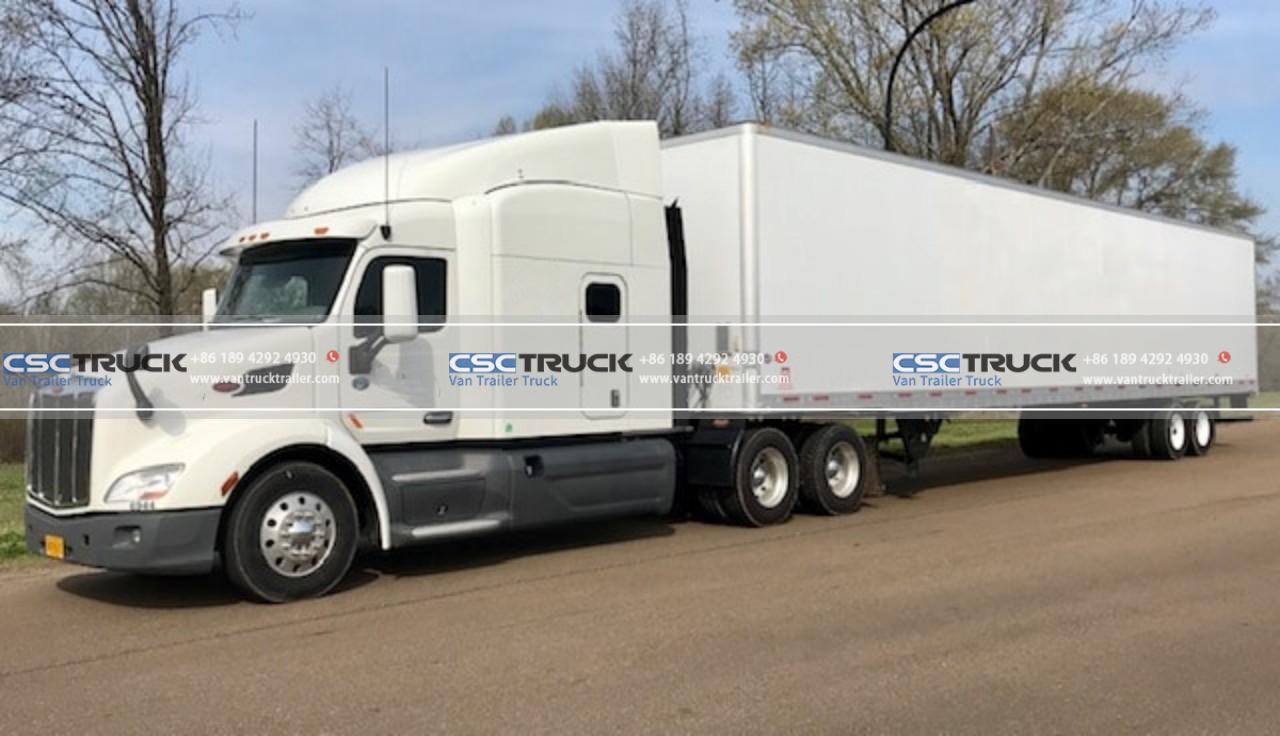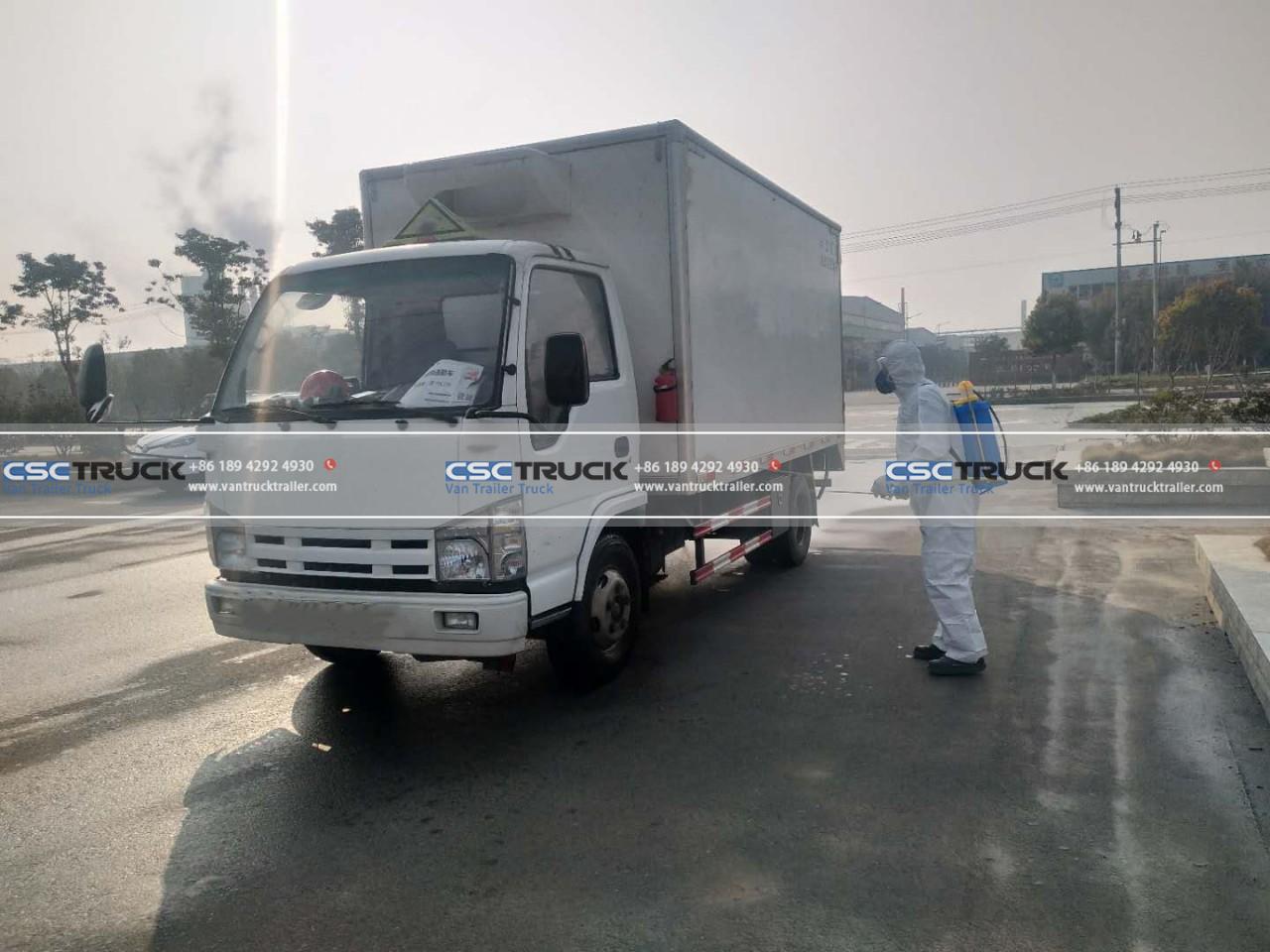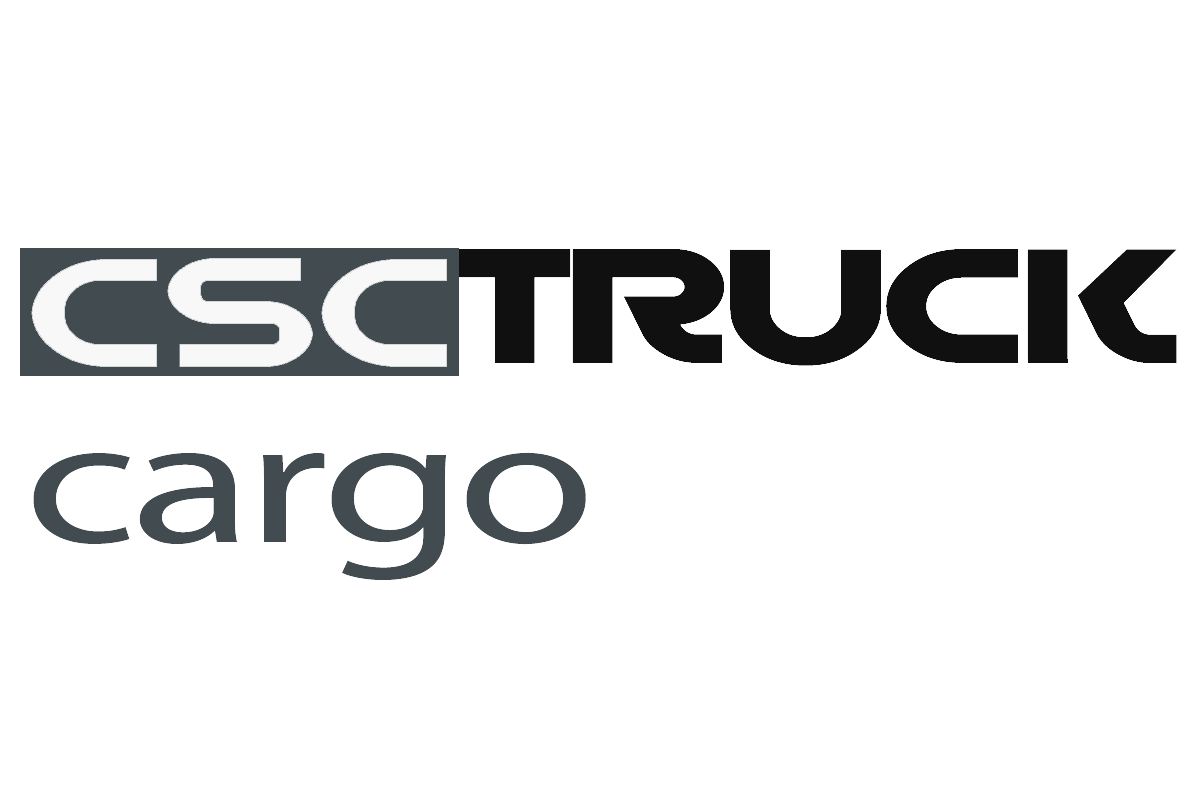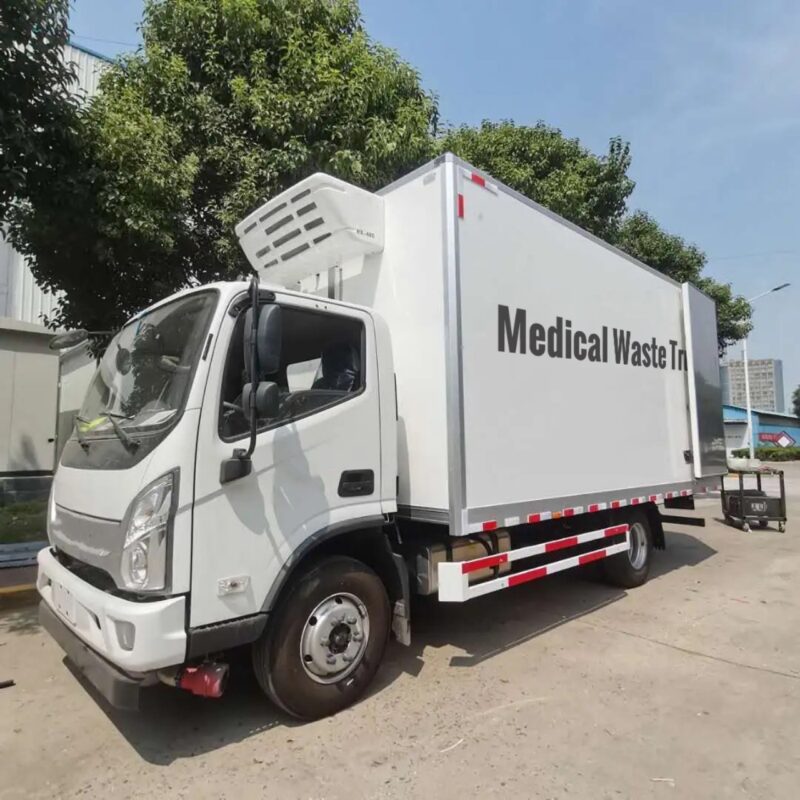Medical waste is a byproduct of healthcare facilities and can pose serious risks to human health and the environment if not properly handled and disposed of. To mitigate these risks, there are stringent safety regulations in place to ensure the proper management of medical waste. This article will delve into the key safety regulations governing the handling and disposal of medical waste, highlighting the importance of adherence to these guidelines.
Medical waste encompasses various materials generated during healthcare practices, such as hospitals, clinics, laboratories, dental offices, and nursing homes. It includes sharps (needles, scalpels), pathological waste (tissues, organs), infectious waste (blood-soaked bandages, cultures), pharmaceutical waste (expired or unused medications), and other potentially hazardous materials. The mishandling of medical waste can result in the transmission of infectious diseases, injuries, and environmental contamination.
One of the primary safety regulations for medical waste management is the implementation of a comprehensive waste management plan. Healthcare facilities must develop and implement protocols that cover the entire life cycle of medical waste, from its generation to its ultimate disposal. This plan should include clear guidelines on waste segregation, storage, transportation, treatment, and final disposal. Adhering to this plan ensures that medical waste is properly managed at every stage, minimizing the risks associated with improper handling.

Proper segregation of medical waste is a crucial step in its safe management. The waste should be classified into different categories based on its characteristics, such as infectious, hazardous, or pharmaceutical waste. Segregation can be done through the use of color-coded containers or bags, with clear labeling to indicate the contents. This prevents the mixing of different types of waste and helps protect healthcare workers, waste handlers, and the general public from potential exposure to harmful substances.
Once segregated, medical waste must be stored in appropriate containers that are leak-proof, puncture-resistant, and tamper-proof. These containers should be placed in designated storage areas that are secure and inaccessible to unauthorized personnel. Adequate labeling of the containers is necessary to indicate the type of waste, potential hazards, and handling instructions. Strict control measures are required to prevent accidental exposure or unauthorized removal of medical waste from storage areas.
Transportation of medical waste from healthcare facilities to treatment or disposal facilities must comply with specific safety regulations. Licensed and authorized transporters should be employed to ensure the safe and secure transfer of medical waste. Vehicles used for transportation must be properly equipped and designed to prevent leakage or spillage during transit. Furthermore, they should be labeled with appropriate warning signs and carry all necessary permits and documentation to validate the proper handling of medical waste.

Treatment of medical waste is another critical aspect of its safe management. Various methods can be employed to render medical waste harmless before disposal, including incineration, autoclaving (steam sterilization), and chemical disinfection. The chosen method should comply with local, regional, and national regulations. Proper treatment not only reduces the volume of waste but also eliminates or reduces its hazardous nature, making it safer for final disposal.
The final disposal of medical waste should follow specific guidelines to prevent its release into the environment. Depending on the type of waste and treatment method used, disposal options may include sanitary landfilling, deep burial, or secure incineration. These facilities must comply with regulatory requirements, including appropriate permits and environmental impact assessments. In some cases, recycling or reusing certain types of medical waste, such as plastic containers or packaging materials, may be possible after appropriate decontamination.
In addition to these regulations, healthcare facilities are also responsible for training their staff on proper medical waste management practices. Regular training programs help raise awareness about the risks associated with medical waste and educate employees on the correct procedures for handling, segregating, and disposing of waste. Staff members should be equipped with personal protective equipment (PPE) such as gloves, masks, and gowns to ensure their safety while handling medical waste.

Monitoring and compliance are vital components of ensuring the effectiveness of safety regulations for medical waste management. Regulatory bodies and environmental agencies conduct inspections and audits to assess healthcare facilities’ adherence to the prescribed guidelines. Non-compliance can result in penalties, fines, or even legal action. Therefore, healthcare facilities need to maintain meticulous records of waste management activities, including waste quantities, treatment methods, and disposal records.
Furthermore, continuous research and development in the field of medical waste management contribute to the improvement of safety regulations. Advances in technology and scientific knowledge enable the development of more efficient and environmentally friendly waste treatment methods. Regular updates to safety regulations ensure that healthcare facilities stay informed about the latest best practices and compliance requirements.
It is crucial to recognize the significance of safety regulations for handling and disposing of medical waste. Compliance with these regulations protects healthcare workers, waste handlers, patients, and the general public from potential hazards associated with improper waste management. Additionally, adherence to proper waste management practices reduces the environmental impact of medical waste, preventing contamination of soil, water bodies, and the atmosphere.

In conclusion, the safety regulations for handling and disposing of medical waste play a vital role in safeguarding human health and the environment. These regulations encompass a comprehensive waste management plan, proper segregation and storage, secure transportation, appropriate treatment methods, and compliant final disposal. Adhering to these regulations requires the collaboration and commitment of healthcare facilities, waste management personnel, regulatory bodies, and environmental agencies. By strictly following these guidelines, we can manage medical waste and mitigate the risks effectively associated with its improper handling. Ultimately, prioritizing the safety of individuals and the environment ensures a healthier and more sustainable future for all.

